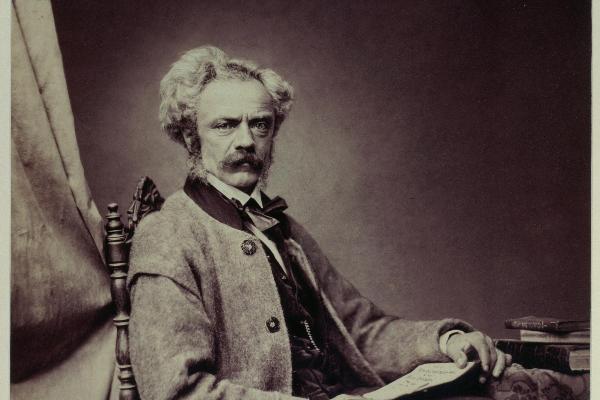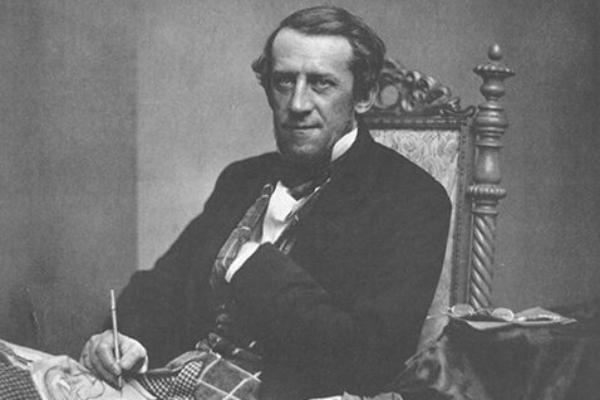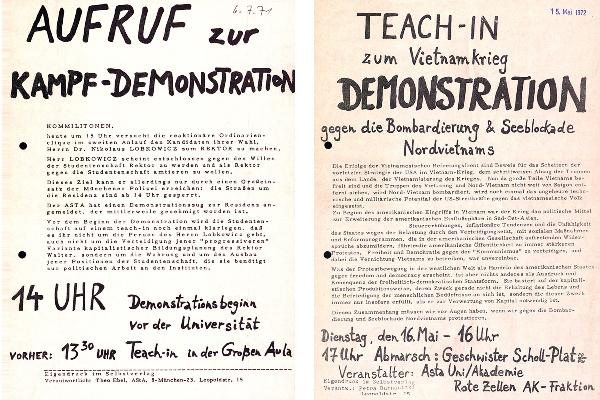Soon after the foundation of the University in Ingolstadt in 1472, there were some 800 students on its rolls. The figure declined as the years passed, and generally varied between 300 and 500.
In its 26 years in Landshut, the annual student intake amounted to about 200 students, rising to 340 in the last two years. Given an average stay of around 2.5 years, this implies that 500 to 600 students could be found within the city walls. In 1825/26, at the time of its relocation to Munich, the figure reached 1,000. The University in Landshut was not a hotbed of talent, but it produced some notable graduates, such as the physician Johann Nepomuk Ringseis, the scientist Franz von Kobell and the poet Franz von Pocci, who made their mark in the higher echelons of the academic and political worlds.
Following its removal to Munich, the University was caught up in the political turbulence of the time. Although the street demonstrations of December 1830 in Munich were comparatively harmless, they aroused the King’s ire, and he even ordered the University to close temporarily. In the mid-19th century, the numbers of students fell as a result of recurring epidemics of cholera, but increased again from 1876 on. In 1900 4,600 students were enrolled at LMU; 14 years later there were 7,000. From 1903, women were officially admitted to Bavarian universities for the first time, although the first women postgraduates had received their doctorates at LMU three years before.
After the First World War, Munich University remained attractive to students. Despite the material difficulties which many of them experienced in the post-war years of depression and hyperinflation, the average number of students in Munich was 7,000 to 8,000 – and over 9,000 registered for the Winter Semester 1921/22. Most students were ardent nationalists and strongly opposed to the Weimar Republic. This explains why the accession of the National Socialists to power in 1933 was widely welcomed. However, the interventions of the new ruling powers in the sphere of higher education led to a sharp decline in student numbers. Only 5,480 students registered for the Summer Semester of 1935. After the Second World War began, numbers went up to 6,700, but fell drastically to 3,000 - 4,000 in the years 1941 - 1944.
When LMU finally reopened after the war, student numbers rose rapidly to over 10,000. In 1950 the first contingent of foreign students arrived. In the 1960s, a politicization of the student body set in. The initially moderate tone of protests against conditions in the universities became more strident under the influence of the contemporaneous wave of student revolt in the US and the spread of student agitation throughout the Federal Republic. The protests at LMU lasted until about 1974, having reached a peak with the disruption of the election of the new Rector in 1971, the deployment of police on campus and the planting of pipe-bombs in the Law Faculty.
Student numbers continued to rise in the last decade of the 20th century, which led to instances of severe overcrowding of lecture-halls and courses. With the introduction of fees for second degrees in 1999 the number of registered students fell significantly – by 18,000 to 42,000 – still enough to keep lecture theaters filled to capacity. In the Winter Semester of 2009/10 – despite the introduction of course fees and the reorganization of many courses – more than 45,000 students were enrolled at LMU. The current figure is just over 50,000.



